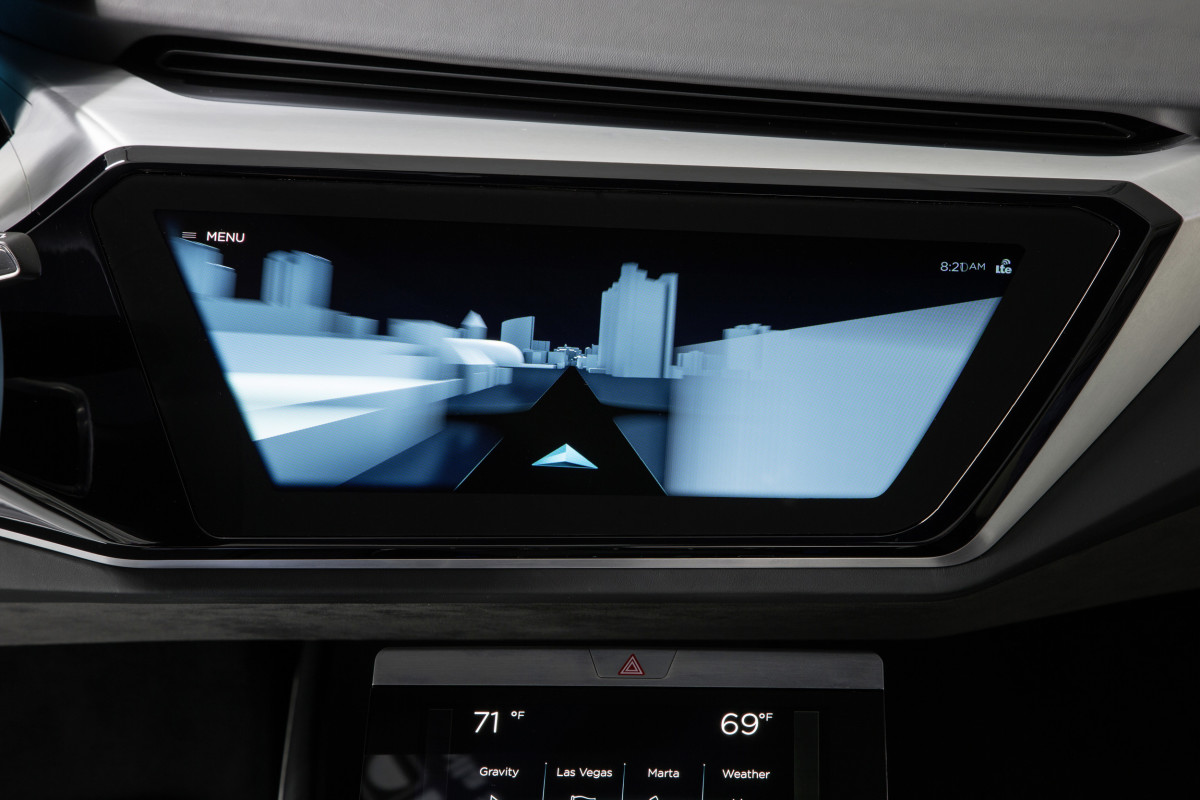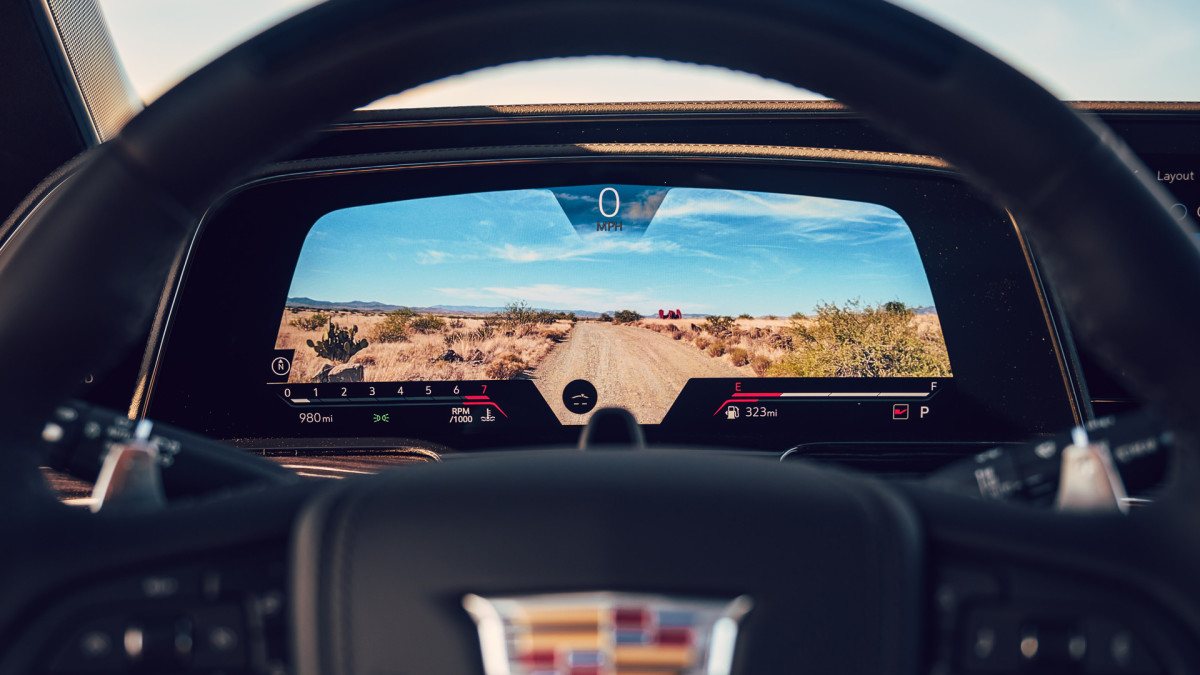Car Interiors Are Becoming the New Digital Playground
What if your car’s windshield could outsmart your smartphone—and turn rush hour into a front-row seat at a digital light show?
Imagine this: In January 2024, CES attendees queued up not for a glimpse of the latest supercar, but for a seat inside the Valeo and Sennheiser ImagIn demo car—a rolling sound-and-light show that would make Pink Floyd’s lighting director weep with envy. The message was clear: the cockpit is the new concert hall, and infotainment is no longer content to play second fiddle to horsepower.
As Proust might have swapped madeleines for dashboard projections, today’s drivers crave more than mere transport—they want immersion, a digital cocoon that blurs the line between the road and the realm of possibility. The old dashboard, with its buttons and knobs, is fading like AM radio static. In its place: augmented reality (AR) overlays, gesture controls, and voice-activated everything—a symphony of senses orchestrated by silicon and code.
Audi
The Third-Person Cinematic Scene
Picture a rainy Tuesday, somewhere on the I-405. A commuter’s sedan glides through traffic, windshield streaked with city light. On the dash, navigation arrows float above the asphalt, projected in AR, gently nudging the driver toward the correct exit — no more squinting at tiny screens or deciphering cryptic beeps. In the back, a passenger waves a hand to skip a song, the gesture picked up by sensors embedded in the headliner. The car responds, seamlessly, like a butler who’s read your mind. But is this digital theater a revolution in driver focus, or just a $3,000 emoji upgrade?
From Buttons to Swiping Air: The Rise of Gesture and Voice
The tactile era of dials and switches is being replaced by a new choreography: gesture, touch, and voice. Luxury automakers have already rolled out multimodal human-machine interfaces (HMIs), blending touchscreens, haptic feedback, and proximity sensors.
The global automotive Human-Machine Interface (HMI) market reached $23.5 billion in 2024 and is projected to grow at a 12.8% CAGR from 2025 to 2034. This growth is fueled by demand for advanced user experiences, integration of augmented reality displays, voice and gesture controls, and AI-driven personalization.
Automakers are rolling out systems that blend touchscreens, haptic feedback, gesture recognition, and voice control. For example, Continental launched a fully integrated HMI platform in February 2025 that combines gesture, voice, and touch into a seamless interface for electric and autonomous vehicles.
Gentex in March 2025 released a next-gen smart rearview mirror with voice-activated controls and AI personalization, targeting both EV and luxury markets.
The adoption of AR head-up displays and multimodal input is a key trend, with new systems designed to adapt content and controls based on driving mode and passenger preferences

The goal? To create systems that are instantly intuitive — so you can adjust the climate or queue up a playlist without taking your eyes off the road, or your hands off the wheel for more than a flicker.
Sidebar for the skeptics: Yes, sometimes the system mistakes your emphatic storytelling for a command to call your mother-in-law. But the tech is learning — fast.
“Augmented Reality: The Windshield as Canvas”
AR head-up displays (HUDs) are moving from concept to curb. Audi’s latest system projects navigation cues—arrows, lane guidance, even hazard warnings—directly onto the windshield, layered over the real world. Envisics, with backing from global giants, is developing holographic waveguide HUDs for production by 2026, promising a wide field of view and razor-sharp clarity even in full sun. The new nanophotonic lenses from AllFocal Optics, co-developed with Zeiss, beam information directly to the retina, ensuring that every driver—glasses or not—gets a perfectly focused readout.
The upshot? Less distraction, more confidence, and a user interface that feels more like a sci-fi film than a spreadsheet.
Cadillac/Dave Burnett, Puppyknuckles
Immersion for All: The Multisensory Cabin
Valeo and Sennheiser’s ImagIn system is a harbinger: immersive soundscapes, ambient lighting, and projected content turn the car into a personalized lounge. Gesture-detection software and smart surfaces mean every passenger can interact with the system, not just the driver. The car becomes a shared experience — each ride a chance to curate your own digital atmosphere, whether you’re crawling through rush hour or cruising the Pacific Coast Highway.
Software Eats the Dashboard
The shift to software-defined infotainment means over-the-air updates can add new features or fix bugs without a trip to the dealer. AI-driven personalization learns your habits — favorite routes, playlists, even your preferred cabin temperature — making each drive feel bespoke. And as 5G connectivity becomes standard, streaming, gaming, and real-time traffic updates are as fast as your home Wi-Fi.
So yes, the age of immersive infotainment is here, and it’s rewriting the rituals of the road. But as we surrender more senses to the silicon orchestra, the question lingers: Will all this digital dazzle deepen our connection to the drive, or just make the car another screen to scroll?
For now, at least, the ride has never sounded—or looked—so good.